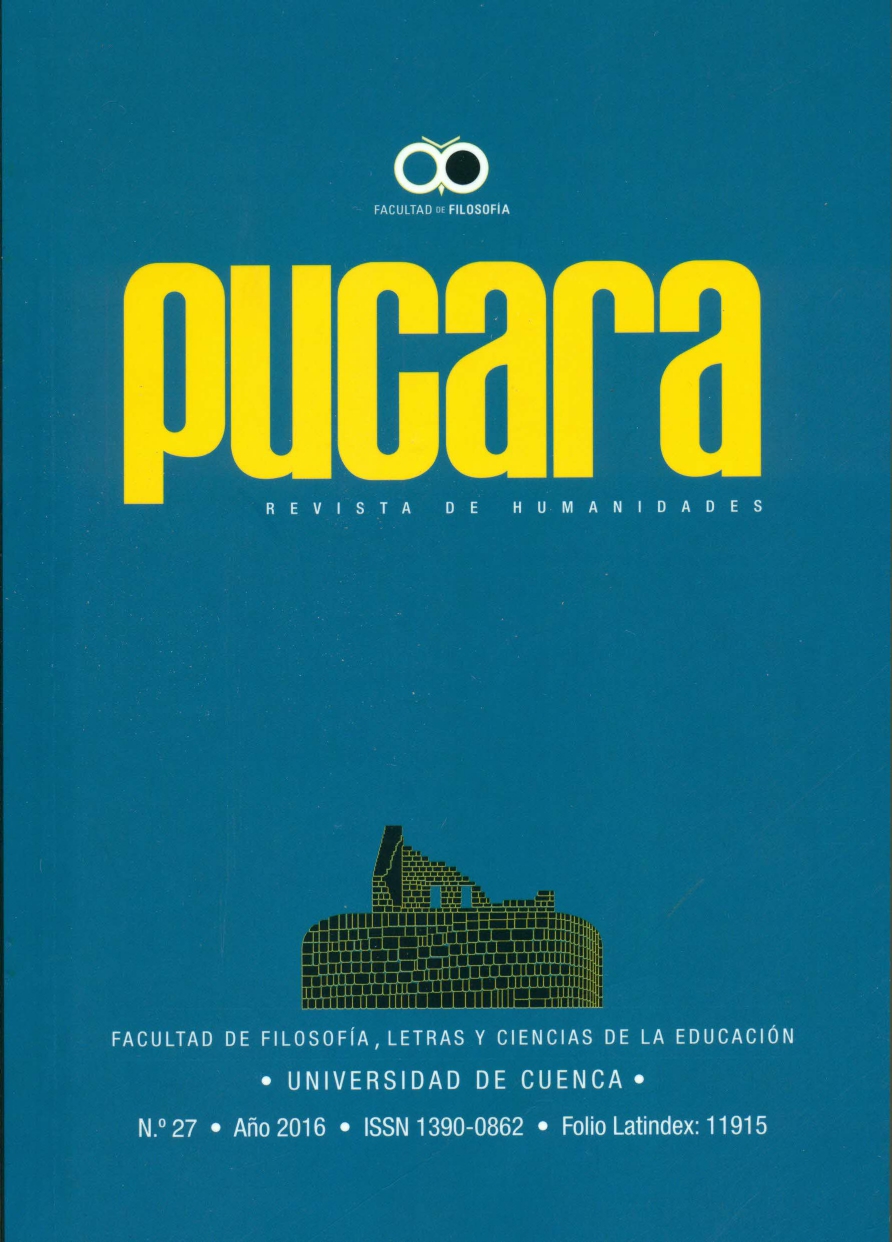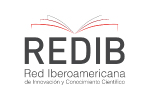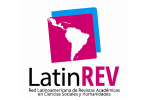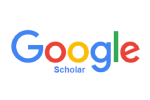De alfabetizaciones y pasajes. De la escuela media a la universidad, del aula a Internet, del cuaderno a la Netbook y más… Reflexiones sobre una propuesta
DOI:
https://doi.org/10.18537/puc.27.03Keywords:
Passages, TIC. Literacy, inclusion.Abstract
Since we began our innovation experiences with the incorporation of ICT in the Workshop for comprehension and production of texts and, with them - the ongoing review of our practices, we have worried about exploration, reflection and appropriation of knowledge related to the use of ICT and literacies demanded by our students in the passage between high school and college. Throughout these years (2008 - 2014), we have been facing this problem from different angles and our implementation proposals were focused on literacy workshop practices. Therefore, in this paper, we propose a traversal and spiraled path that allows us to give another twist to our experiences and more...
Downloads
References
Anijovich, R. (2014). “Sobre la retroalimentación”. Fragmento de una presentación so-bre la evaluación de los aprendizajes. Diploma Superior en Constructivismo y Educación, FLACSO. Recuperado de https://www.youtube.com/watch?-v=ylB6oU9O-1g
Bronkart, J. P. (2007). Desarrollo del lenguaje y didáctica de las lenguas. Buenos Aires: Miño y Dávila.
Burbules, N. (2009). “El aprendizaje y el entretenimiento ya no son actividades sepa-radas”. Entrevista realizada por Fabián Bosoer para Clarín. Recuperado de http://edant.clarin.com/suplementos/zona/2009/05/24/z-01925084.htm
Carlino, P. (2005). “La escritura en el nivel superior”. En Escribir, leer y aprender en la universidad. Una introducción a la alfabetiza-ción. México D.F. Fondo de Cultura Económica.
Cassany, D. (2006). Tras las líneas. Sobre la lectura contemporánea. Bar-celona. Anagrama.
Dussel, I. (2009). “Los nuevos alfabetismos en el siglo XXI. Desafíos para la escuela”, conferencia en Virtualeduca 2009. Recuperado de http://www.virtualeduca.info/Documentos/veBA09%20_confDussel.pdf
Fainholc, B. (2006). “Lectura crítica en Internet. Análisis y utilización de sus recursos”, En Comunicar. Revista científica de Comuni-cación y Educación, 26, pp. 155 - 162. Recuperado de http://redalyc.uaemex.mx/pdf/158/15802624.pdf
Gros, B. (2007). “El aprendizaje colaborativo a través de la red: límites y posibilidades”. En Aula de Innovación Educativa Barcelona, 162, pp. 44-50. Recuperado de http://www.uninorte.edu.co/con-gresog10/conf/08_El_Aprendizaje_Colaborativo_a_traves_de_la_red.pdf
Magadán, C. (2012). Lengua 2. Serie para la enseñanza en el Modelo 1 a 1. Conectar Igualdad. Educ.ar. Buenos Aires: Ministerio de Educación de la Nación.
Ministerio de Educación (2005). La documentación narrativa de ex-periencias pedagógicas. Una estrategia para la formación de docentes. Recuperado de http://aulapostitulo.educ.ar/location.cgi?wid_objeto=5568&id_curso=7152&wseccion=03&wid_re-positorio=R1&esMicrositio=no&wid_archivo=136511
Published
How to Cite
Issue
Section
License
Copyright (c) 2016 María Julia Simoni

This work is licensed under a Creative Commons Attribution-NonCommercial-ShareAlike 4.0 International License.
Copyright © Autors.

You are free to:
 |
Share — copy and redistribute the material in any medium or format |
 |
Adapt — remix, transform, and build upon the material for any purpose, even commercially. |
Under the following conditions:
 |
Attribution — You must give appropriate credit, provide a link to the licence, and indicate if changes were made. You may do so in any reasonable manner, but not in any way that suggests the licenser endorses you or your use. |
| NonCommercial — You may not use the material for commercial purposes. | |
| ShareAlike — If you remix, transform, or build upon the material, you must distribute your contributions under the same license as the original. |
| No additional restrictions — You may not apply legal terms or technological measures that legally restrict others from doing anything the licence permits. |












